I’m learning to find the balance between the freedom and the limitations of a (huge) rangefinder. I have to confess that I am new to rangefinders. I graduated in a film school in Brussels in 1981. Rangefinders were totally incompatible with my way of framing a shot.
There is one big constraint in film: we have to compose in the viewfinder because that’s the frame projected on the screen. My film background is the reason why I avoided the rangefinders up until now.
If I told you that I am a Contax fanatic, it would feel like an understatement. Contax cameras and Zeiss lenses have been my companions since 1985 – and I still use some of the older SLR’s today. That’s the reason why I wanted to try the most famous of them: The Contax II.
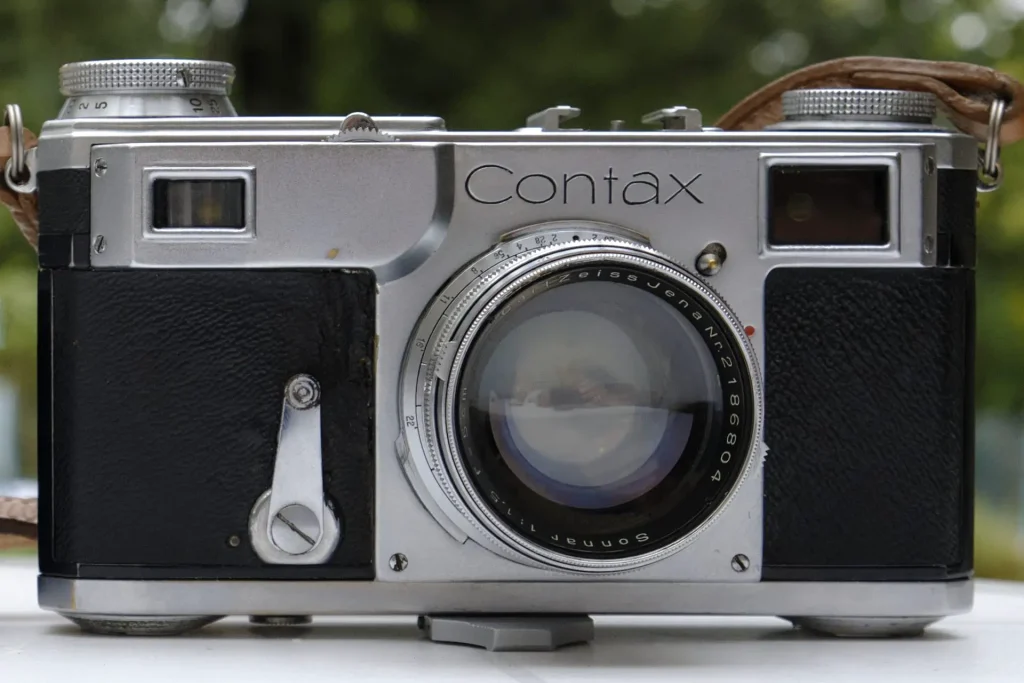
Last year I found one and, after a serious CLA, I put my first steps into the rangefinders world with my 1937 Contax II. The second step was to upgrade to medium format.
Wouldn’t a Pentax 6×7 perfectly fit my needs? A massive SLR with large negatives? Yes but instead – since I made the step to move from a “modern” SLR Contax to a 1937 Contax rangefinder – why shouldn’t I look for a medium format rangefinder too?
The huge 6×9 negatives and the lighter construction of a rangefinder pushed me to the Fuji GW690 III.
There is another link between my Contax love and the Fuji GW690 too. My digital cameras are Fuji’s and my first one (XT 1) was like a small digital Contax RTS. With the retro style shutter speed dial, the ISO dial and the exposure compensation I recognised the same feeling. The Fuji-film simulations and, most of all, the beautiful lenses were the final thing that convinced me to go for a Fuji medium format camera. The link to Fuji was an easy one to make.
The GW690 fits in your (large) hands and is a product of true craftsmanship. It also has a marvelous lens: the 1:3,5 f 90 Fujinon. Fujinon lenses are well known in the film world.
A few words about my workflow:
I develop my black & white negatives at home, the colours at a nice lab (Fotoshop) in Ghent. I then scan the negatives with my flatbed Epson V850 without sharpening. I use a rather flat profile to be able to recover the highlights and shadows in post. Finally, I import the TIFF-files into Capture-One to fine-tune them. By the way, C1 has a new tool that makes removing dust and scratches very easy.
Using the Fuji GW690 III
I used the Fuji GW690 III in a way it was obviously not intended for: Portraits and architecture. But there is nothing better to trigger your creativity than limitations.
The first limitation I encountered with the Fuji GW690 is due to one of the advantages of the camera: to avoid weight they choose to build a rangefinder with fixed lens. The lens is a 40mm equivalent with a minimum focus distance of 1 meter.
The closest you can go is a waist shot – you can forget making beautiful close-up portraits with this camera… but you can crop them out in post if needed (one of the advantages of a 6×9 negative)
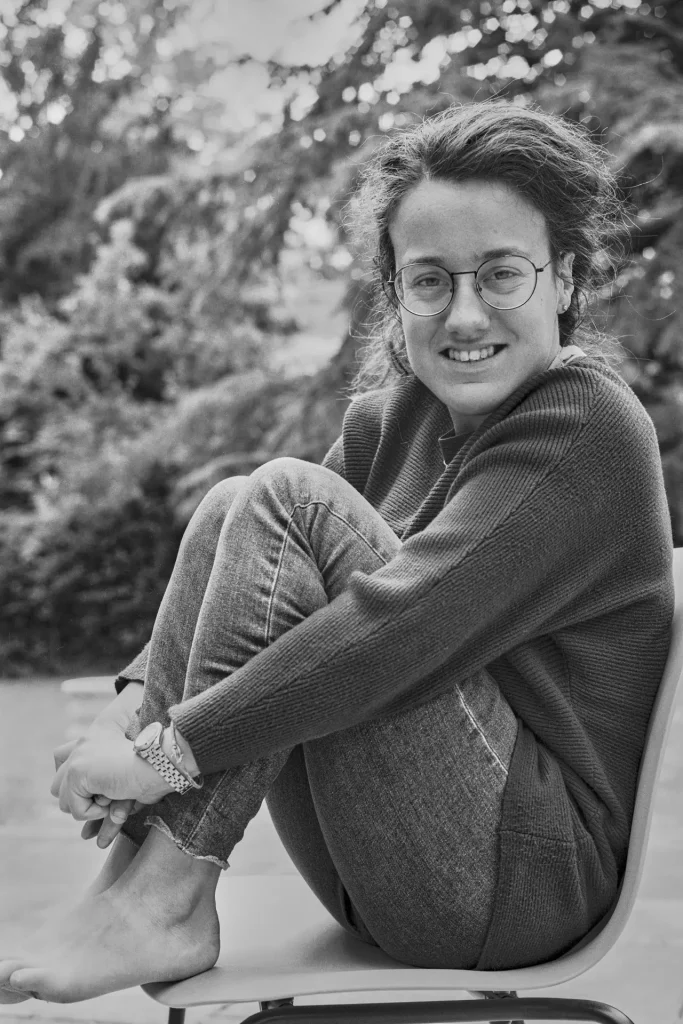
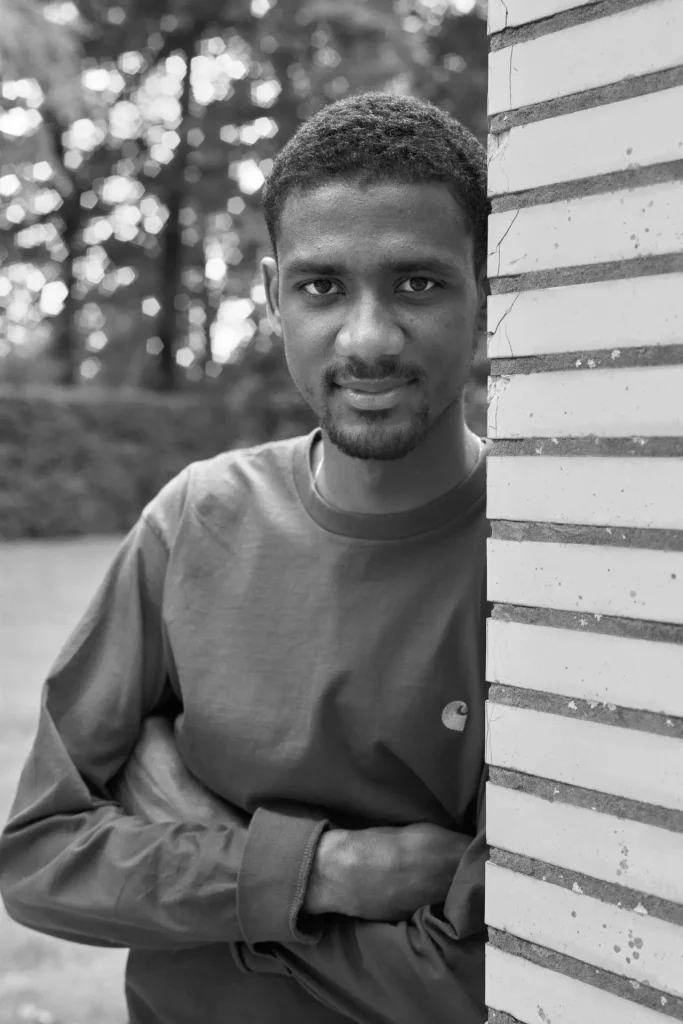
The second one is a general limitation with rangefinders and architecture. It’s impossible to see in the viewfinder how your final picture will look. Trying to have a perfectly symmetrically aligned shot is a long trial and error process, a costly one, knowing you have 8 shots on 1 film.
There is also an advantage in having only 8 shots per film: it slows down the process and boost the accuracy.
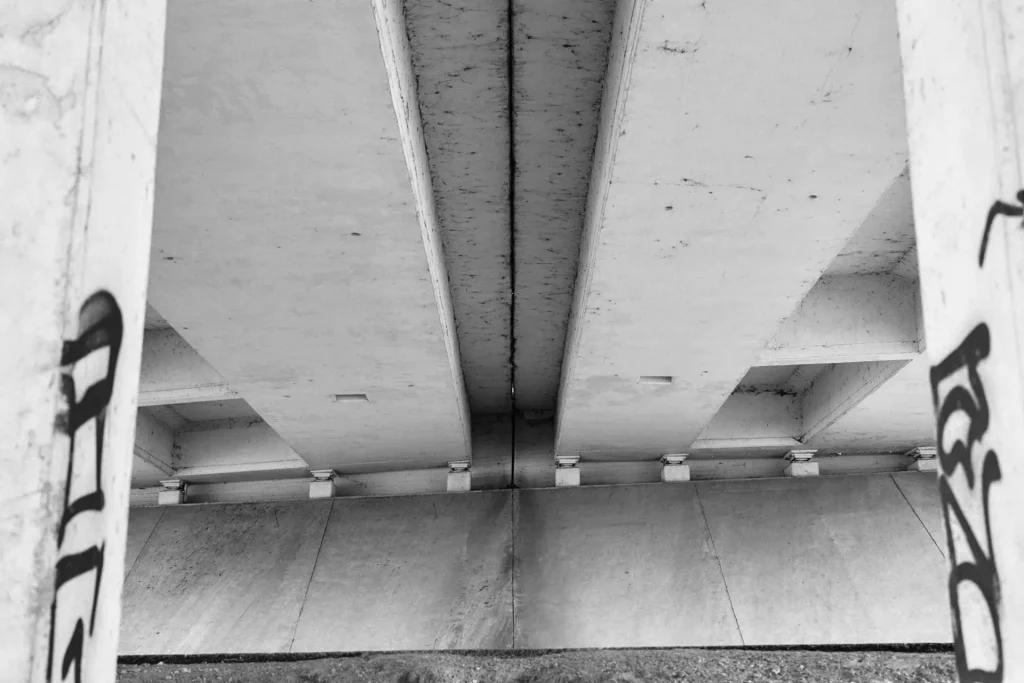
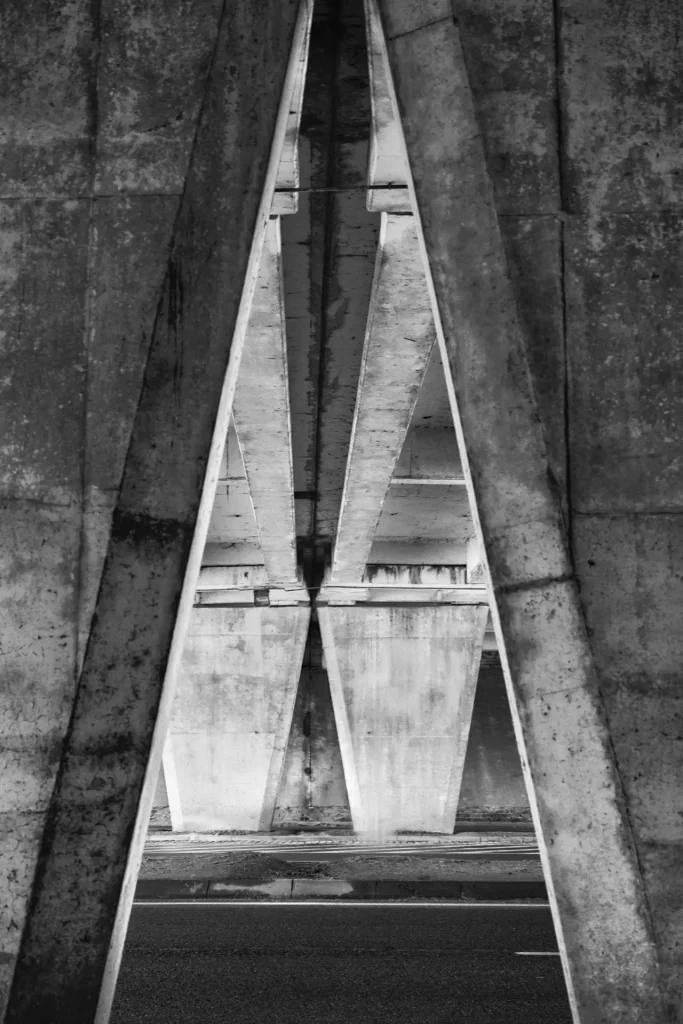
The third one is due to my own limitation. The portrait with the man on the Vespa is wide open at f/3,5 with a very shallow depth of field A close look and you can see that the focus is behind his eyes.
The camera was mounted on a sturdy tripod but I focused from my temporary wheelchair (I am recovering from a broken ankle) so I was limited by a lower angle, the wheelchair hitting the tripod and my acrobatic moves to get to the viewfinder.
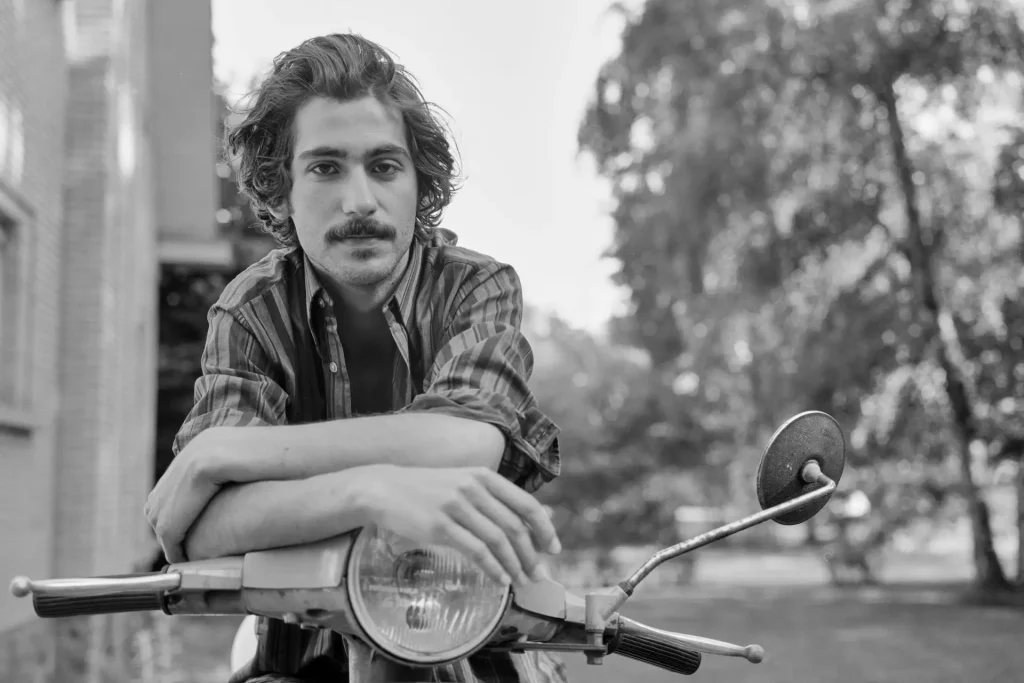
So I learned to live with the various limitations and to look at the bright side of this camera.
The Fuji GW690III is easy in use, is relatively light and can be used handheld, has a very good lens and delivers massive negatives. The camera is sturdy, fully manual, without batteries (you need a handheld light-meter) feels good balanced in the hands, has a good viewfinder with parallax correction and is much easier to handle than my 1937 Contax II.
Would I recommend it?
Yes !
But…
If you want a Fuji GW690III, they are not cheap on the vintage camera market. And remember, I was a die-hard SLR user. Like an ex-smoker, we are the most fanatic anti-tobacco preachers 😉
Thanks for reading my personal approach of this camera.
Share this post:
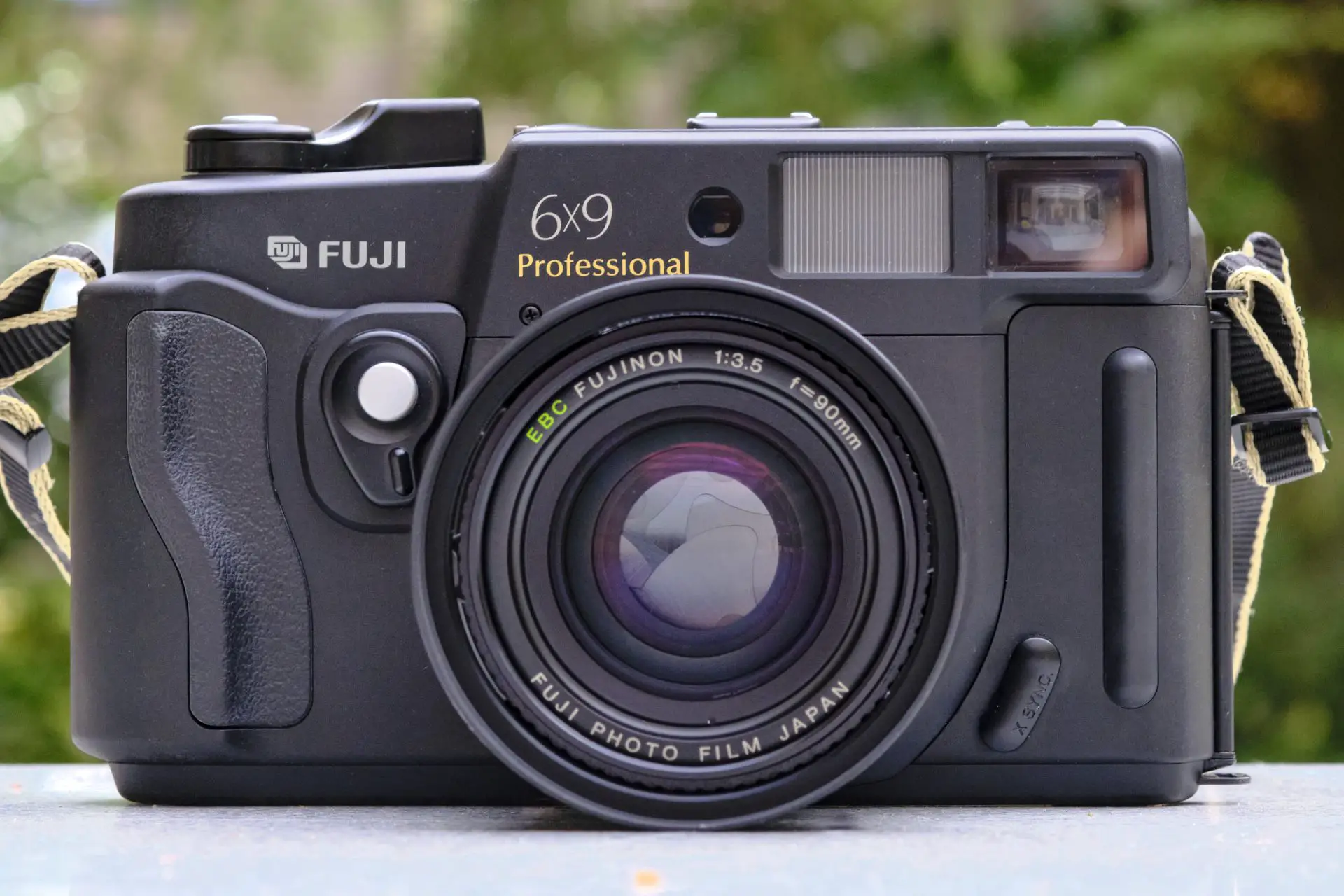

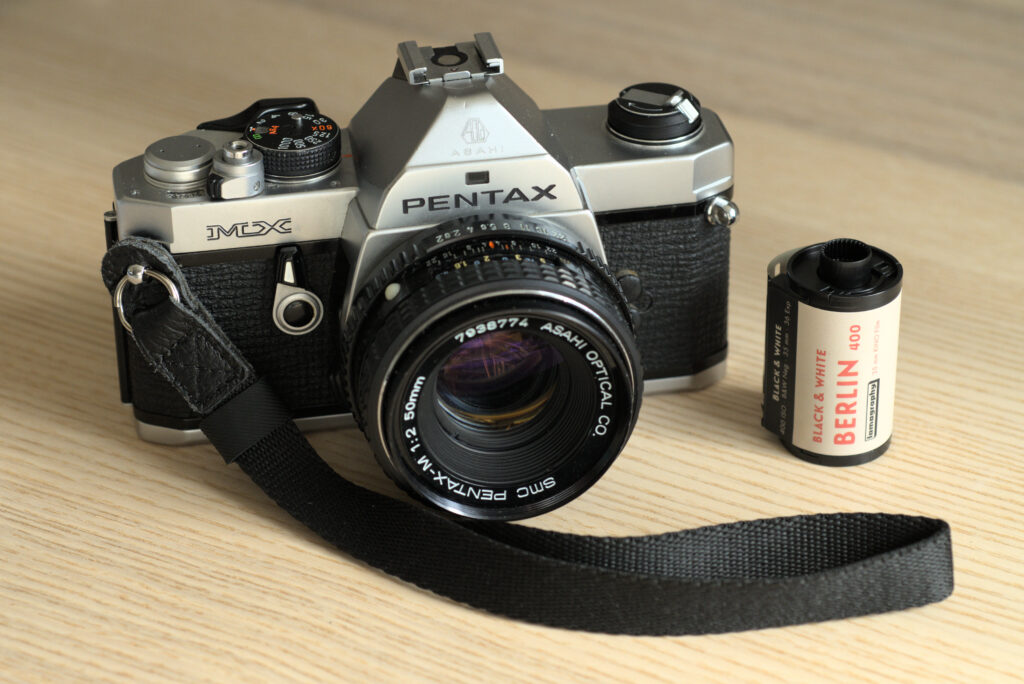
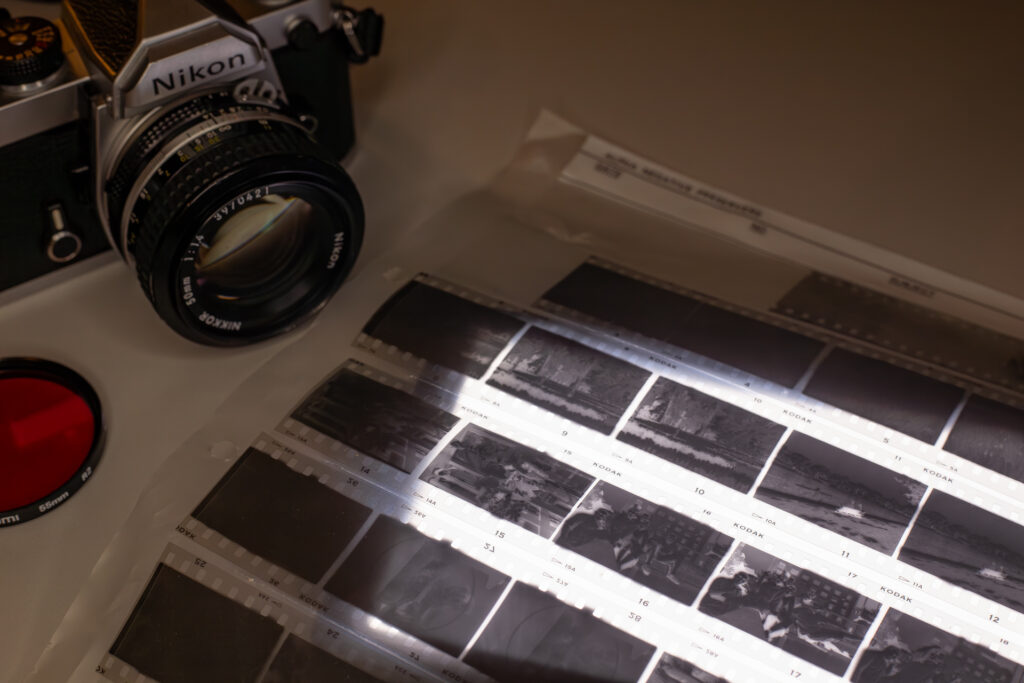
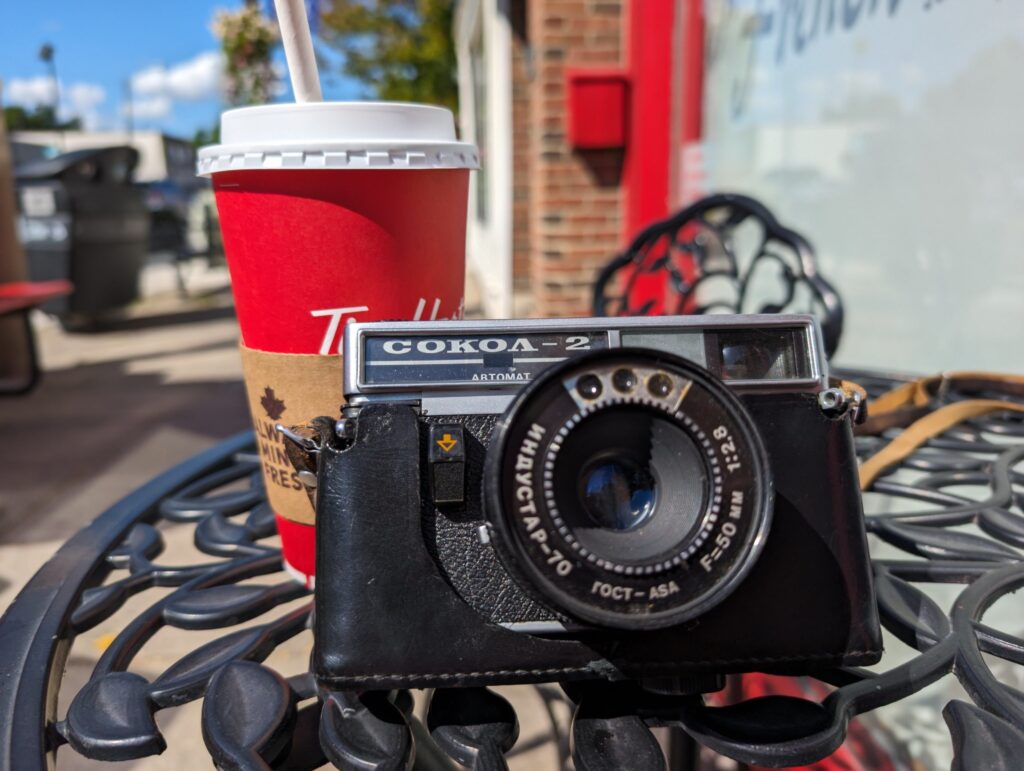




Comments
Daniel Sigg on 5 Frames with the Fuji GW690 III – By Phil Steelandt
Comment posted: 12/10/2020
Comment posted: 12/10/2020
Paul on 5 Frames with the Fuji GW690 III – By Phil Steelandt
Comment posted: 12/10/2020
Comment posted: 12/10/2020
Comment posted: 12/10/2020
Comment posted: 12/10/2020
Comment posted: 12/10/2020
Comment posted: 12/10/2020
Kurt Ingham on 5 Frames with the Fuji GW690 III – By Phil Steelandt
Comment posted: 12/10/2020
Comment posted: 12/10/2020
Christian Schroeder on 5 Frames with the Fuji GW690 III – By Phil Steelandt
Comment posted: 12/10/2020
You don’t have to recommend the camera to me – I already succumbed to the lure of Fuji’s large rangefinders. This summer, I started to document the countryside around my home with the wide-angle version of the 690. I like to use a specific camera for a specific project.
By the way, your portraits are beautiful – but you’ve also done a great job in capturing the bridges’ bellies.
Cheers, Christian
Comment posted: 12/10/2020
davesurrey on 5 Frames with the Fuji GW690 III – By Phil Steelandt
Comment posted: 12/10/2020
I owned a GSW690iii which has the wider 65mm lens but apart from that it’s basically the same camera. I agree that it’s a great camera capable of terrific results and has lots of Fuji attention to detail (eg the red buttons to pop out the spools) but there are also some gripes eg the lens hood, the close spacing of the shutter and aperture rings and it’s not the quietest chap on the block.
I used mine for landscapes but found it just too bulky as a travel camera. I read somewhere that the main sales in Japan were for shooting groups of tourists which may be where it got its travel reputation? So I sold it and I have no regret as I never felt a close affinity to it.
I now have a few 6x9 folders, much lighter and of course they take the same film and some have quality lenses. Each one to his own but thanks for the article.
Comment posted: 12/10/2020
Neal A Wellons on 5 Frames with the Fuji GW690 III – By Phil Steelandt
Comment posted: 12/10/2020
I like to shoot mine with a 720nm filter and JCH Streetpan 400 film. The big negative is great in infrared.
Zisis Kardianos on 5 Frames with the Fuji GW690 III – By Phil Steelandt
Comment posted: 12/10/2020
Comment posted: 12/10/2020
Will on 5 Frames with the Fuji GW690 III – By Phil Steelandt
Comment posted: 12/10/2020
Hope you recover soon and enjoy the camera :)
Comment posted: 12/10/2020
Zvonimir on 5 Frames with the Fuji GW690 III – By Phil Steelandt
Comment posted: 12/10/2020
Sammael99 on 5 Frames with the Fuji GW690 III – By Phil Steelandt
Comment posted: 13/10/2020
Comment posted: 13/10/2020
Chria Rampitsch on 5 Frames with the Fuji GW690 III – By Phil Steelandt
Comment posted: 13/10/2020